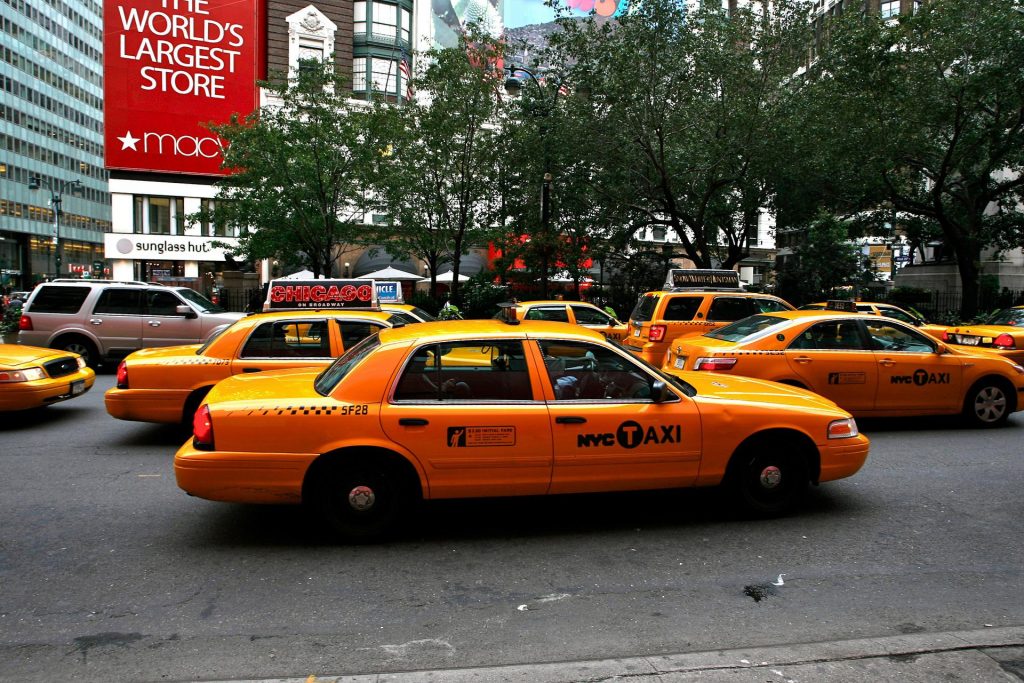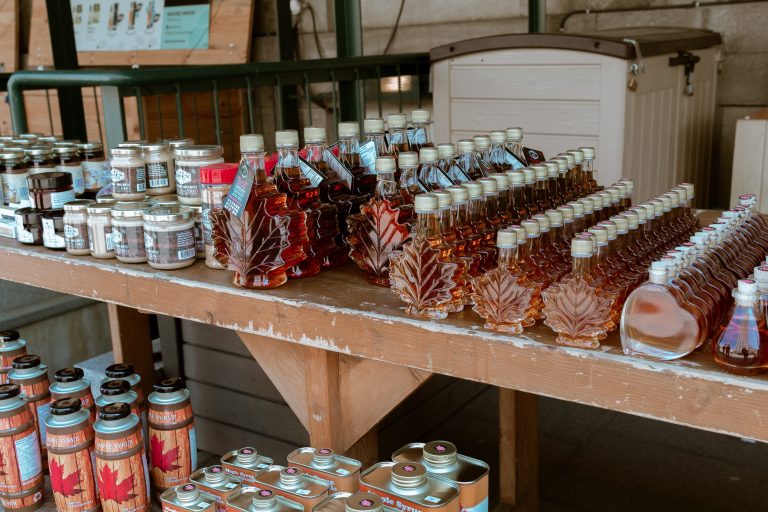A Partnership in New York City – Uber Joining Hands with Yellow Taxi!

In late March 2022, Uber reached a deal with taxi software companies Creative Mobile Technologies and Curb Mobility to list the iconic NYC’s yellow taxis on the Uber app. Benefits from this partnership include
- Uber
- Expand footprint in the largest taxi market in U.S.
- Address shortage of gig drivers amid the COVID-19 pandemic and rising gas prices
- Gain access to more cars given the city limits on ride hailing licenses
- Yellow Taxi Drivers
- More potential passengers = more rides
- Lessen the competition with Uber drivers
- Passengers – for both regular and wheelchair users
- More options for taxi services
- Faster response for taxi services = reduce wait time
- Pay about the same fare for taxi trips as for UberX rides which is lower than regular taxi rides
One key area of contention from this deal is the potential earnings of Yellow Taxi Drivers. Bhairavi Desai, executive director of the New York Taxi Workers Alliance noted that Yellow Taxi drivers paid according to New York’s ride-hail wage standards may or may not be on average higher than the metered rates, leading to unpredictable earnings that may or may not be profitable to these drivers. Another area of concern is the extension of driver exploitations by the technology company.
Discussion Questions:
- View this visual – “Types of Market Structure” – and explain in the context of New York State only,
- which market structure does the Yellow Taxi industry fit in before the partnership with Uber?
- which market structure does the Uber Ride Hailing service fit in before the partnership with Yellow Taxi?
- does the Uber – Yellow Taxi deal fit into the “Duopoly” market structure?
- How will the market structure change when other ride hailing/on-demand companies (e.g., Lyft, Curb, Gett, Wingz, etc.) also joined hands with the Yellow Taxi industry in New York City?
- How will the market structure change if Uber expands similar partnership to taxi industry in the other major cities (e.g., Boston, Los Angeles, Miami).
- Read the hypothetical Game Theory scenario from Cornell University, which of the following options do you think will work towards an equitable payment/earning structure for the drivers of Uber and Yellow Taxis:
- More collaboration (or collusive oligopoly) with respect to setting the same fare by both Uber and Yellow Taxi to deter other ride hailing/cab companies from entering the industry, OR
- More fare cutting with respect to Uber and Yellow Taxi each offering lower fares to lure consumers to their respective services i.e., fighting for monopoly power?
- Self-reflection: If you were a consumer of Uber and/or Yellow Taxi service, would you be riding more Uber cabs, or riding more Yellow Taxis, or whichever responded to your App request the fastest? Do explain.
Sources| Reuters: Uber expands on taxi strategy by adding New York City’s yellow cabs to app; Wired: New York taxi drivers hated Uber. Now they’re going to help it; Gothamist: Big questions loom on partnership with Uber, yellow cabs; MSNBC: Apps like Uber and Lyft exploit their workers. We can’t ignore it any longer; Economics Help: Types of market structure; DigitalTrends: The best ridesharing apps of 2022; Cornell University: Networks/The Economics of Uber; Image by Chris Jones from Pixabay













